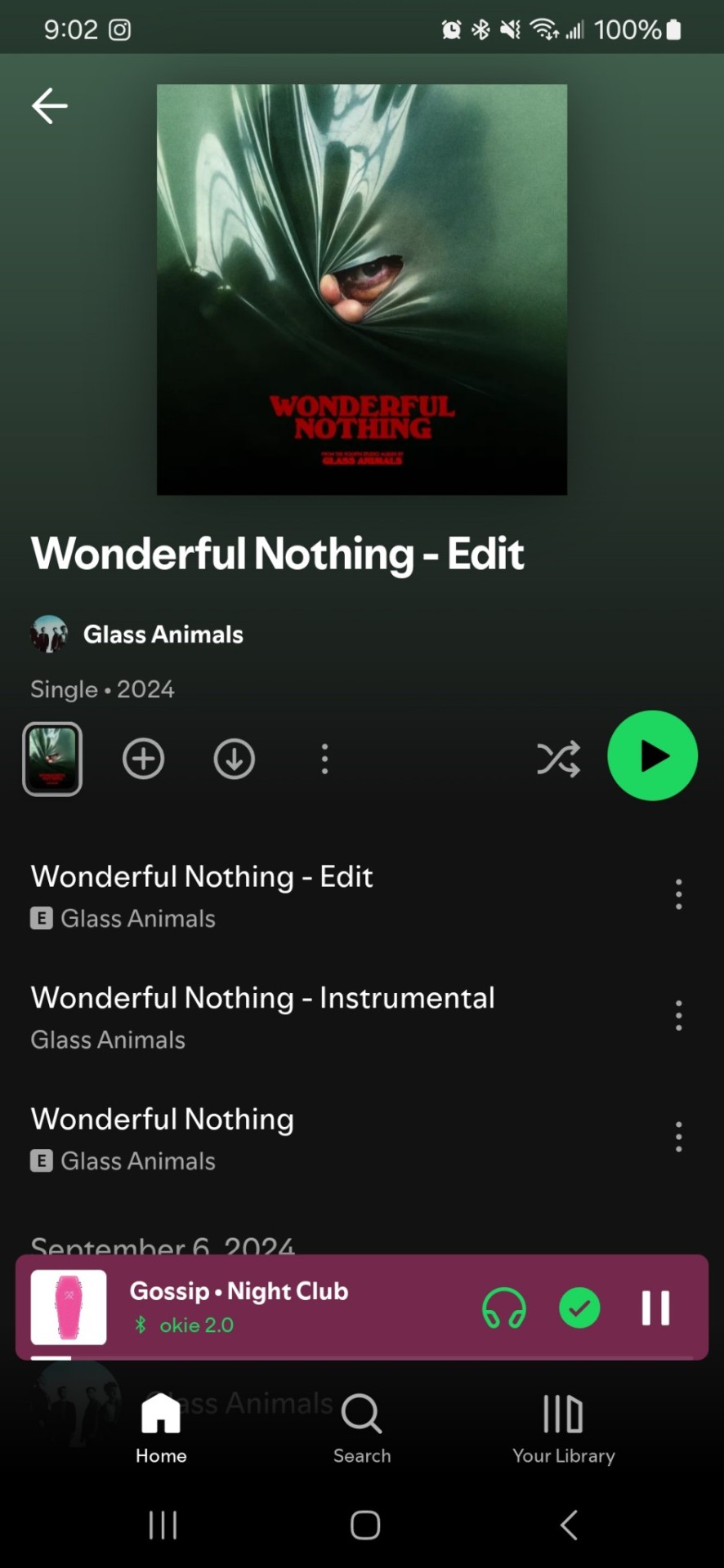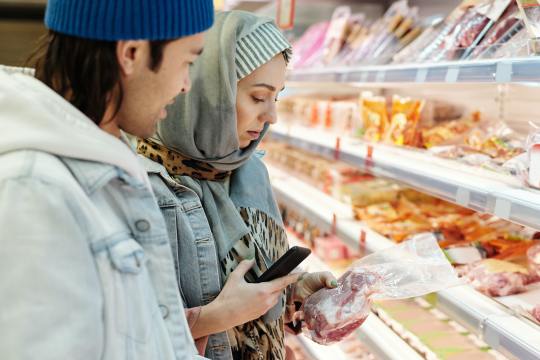#onegoal
Explore tagged Tumblr posts
Video
youtube
The ULTIMATE Aim Training Guide! (NO BS!) - Valorant 🏋️♀️ 💡 https://newsinfitness.com/the-ultimate-aim-training-guide-no-bs-valorant/
0 notes
Text
oooooooouuugghhgsgsggsgsssssnnsnnfgnnffnfnnnnn /pos

#gyes.#its sosoosososossii good#i dont fw instrunemtals songs most of the time#HOWEVER#this onegoes so hard#glass animals#wonderful nothing glass animals
6 notes
·
View notes
Text

Jujutsu Kaisen Masterlist
↞ to Blog Navigation | Requests ↠





Satoru Gojo 🔵👄🔵
ᥫ᭡ As Sweet As Sugar {3.7K} ⋆ Bonus Scene {900+} - {SWF One-shot}
ᥫ᭡ Don't Rush Me, Katie {480+} - {SFW Headcanon}

Toji Fushiguro 🔫🪱
ᥫ᭡ Speak No Evil - {Onegoing series}
ᥫ᭡ One Last Meal {390+} - {NSFW Drabble}

Multiple 💕
ᥫ᭡ Someone To Shadow {2.3K} - {Gojo x GN!Reader, Shoko x GN!Reader, Gojo x Geto} - {SWF One-shot}

19 notes
·
View notes
Text
tagged by @sparklingbinjuice
rules: put the "on repeat playlist" on shuffle and share the top ten results, then tag ten people to do the same! Thank you for the tag!
Alpha Zulu by Phoenix
Foundations of Decay by My Chemical Romance
Monsters by All Time Low ft Blackbear
The Last Of The Real Ones by Fall Out Boy
Lane Boy by 21 Pilots
Happy Face by Jagwar Twin
Synchronize by Milky Chance
I Feel Like I'm Drowning by Two Feet
Bones by Imagine Dragons
Boy Division by My Chemical Romance
Tagging: @fans-on-the-run @waxjism @stele3 @idyllspace @laughingfishandr @andromeda-reinvented @dreamfaerye @dirtydirtychai @this-onegoes @sinsensory
28 notes
·
View notes
Text
How Innovation Is Reshaping the Food Industry

Food innovation refers to introducing novel ideas, products, and technologies that change how society produces, processes, packages, distributes, and consumes food. It goes beyond merely creating new recipes or flavors - food innovation encompasses advances in agriculture, food science, sustainability, and packaging. The goal is to enhance efficiency, safety, nutrition, and the overall consumer experience.
The need for food innovation arises from the ever-changing demands of consumers and the pressing challenges faced by the industry. As the global population continues to grow, so does the demand for food. Additionally, sustainability concerns, climate change, and limited resources prompt exploring alternative food growing and production methods. Innovations in food aim to enhance food security, minimize environmental impact, and offer consumers healthier, more diverse options.
Food innovation occurs through a combination of research, collaboration, and creativity. Scientists, entrepreneurs, farmers, and food industry professionals work together to develop new technologies and processes. Research institutions and startups play a crucial role in conducting experiments, testing new concepts, and bringing innovative products to the market.
In recent years, the food industry has witnessed groundbreaking innovations reshaping how people interact with food. The plant-based movement has gained immense traction, with plant-based alternatives for meat, dairy, and seafood becoming mainstream. Companies have developed plant-based burgers, vegan cheeses, and sustainable seafood alternatives using cutting-edge technologies. Beyond plant-based options, innovations have also focused on alternative protein sources, such as insect-based proteins and lab-grown meats, offering sustainable and protein-rich alternatives.
Swedish startup Mycorena is boosting microbial protein production through its fungi-based mycoprotein called Promyc. This ingredient can be used to create meat and tuna alternatives, beverage additives, and dessert ingredients, offering plant-based and sustainable options for consumers.
Finnish startup Onego Bio has developed a product genetically identical to egg whites using fermentation, and without using actual chickens. It uses precision fermentation of a microflora called Trichoderma reesei to produce ovalbumin, the protein found in chicken egg whites. This technology offers a sustainable and animal-friendly alternative for various food applications, including baked goods, desserts, sauces, and dressings.
Companies like New Culture are incorporating animal-free casein into their cheeses through precision fermentation. This breakthrough allows them to produce animal-free mozzarella cheese, offering a delicious and cruelty-free alternative to traditional dairy products.
In addition, consumers increasingly seek transparency in food choices, leading to the clean label movement. Brands are responding by using simple natural ingredients and avoiding artificial additives and preservatives.
Breakthrough innovations in the food industry are revolutionizing how society grows, produces, and consumes food, focusing on sustainability, nutrition, and convenience. One such innovation is plastic-free and smart packaging. Food companies are exploring biodegradable and even edible packaging solutions in response to environmental concerns. Smart packaging using nanotechnology is also gaining popularity, allowing consumers to assess food safety and quality easily.
The Internet of Things (IoT) in agriculture employs sensors and data analytics for optimizing crop conditions, irrigation, and pest control, reducing resource usage. Food waste reduction solutions, such as surplus food redistribution platforms, are being developed to combat the global food waste crisis. Moreover, biotechnology and data science advances enable personalized nutrition, tailoring dietary recommendations to individuals based on their genetic makeup, lifestyle, and health goals. These innovations promise a more sustainable, healthier, and efficient food future.
Food innovation is driving a remarkable transformation in the food industry, responding to the challenges and opportunities of today. From new plant-based products to sustainable agriculture and cutting-edge technologies, the future of food promises to be more diverse, nutritious, and sustainable. As consumers, entrepreneurs, and stakeholders continue to embrace innovation, the food industry's journey toward a more resilient and conscious future is set to continue.
13 notes
·
View notes
Text
Price: [price_with_discount] (as of [price_update_date] - Details) [ad_1] The ONEGO Laptop Backpack is a versatile, water-resistant backpack designed to meet the needs of business professionals, students, and travelers alike. Crafted from durable, high-quality materials, this backpack offers superior protection for laptops up to 16 inches, with a dedicated padded compartment that fits 15.6-inch, 15-inch, and 14-inch laptops and notebooks securely. Featuring multiple storage compartments and organizer pockets, this backpack helps you keep your essentials neatly arranged, from tech accessories to everyday items. Its ergonomic, padded shoulder straps and breathable back panel ensure comfort throughout your commute, making it an ideal choice for work, school, or travel. With a sleek, professional design, the ONEGO Laptop Backpack combines style and functionality, making it a perfect companion for men and women on the go. Product Dimensions : 15.5 x 30 x 45 cm; 350 g Date First Available : 13 November 2024 Manufacturer : ONEGO ENTERPRISES, 12-2-37/A/7/6, Asif Nagar, Hyderabad, Telangana 500028, [email protected] ASIN : B0DMVNPCHP Country of Origin : India Department : unisex-adult Manufacturer : ONEGO ENTERPRISES, 12-2-37/A/7/6, Asif Nagar, Hyderabad, Telangana 500028, [email protected] Packer : ONEGO ENTERPRISES, 12-2-37/A/7/6, Asif Nagar, Hyderabad, Telangana 500028, [email protected] Item Weight : 350 g Item Dimensions LxWxH : 15.5 x 30 x 45 Centimeters Net Quantity : 1 Piece Generic Name : Backpack [ad_2]
0 notes
Text
0 notes
Text
Animal-free egg protein startup Onego Bio is closer to cracking the egg market
https://techcrunch.com/2024/04/01/animal-free-egg-protein-onego-bio-40m/
0 notes
Link
Onego Bio claims Bioalbumen is “bioidentical” to ovalbumin, which is the major protein in chicken egg white. © 2024 TechCrunch. All rights reserved. For personal use only.
0 notes
Text
I'm currently staring at Onego lake from my hospital window and I feel like a caged animal because I feel the need to go there
1 note
·
View note
Text
To fill the house with beautiful sounds by RomyTelesco [hockey rpf, calgary flames, toronto maple leafs]
i'm a LIIIIIITTLE biased bc i was in a groupchat where romytelesco, onegoal, and i were spitballing "what if william nylander was a ghost/elf/mildly malevolent spirit haunting matthew tkachuk in calgary as his child self" but this is honestly just the sweetest loveliest fic. in my humble opinion. child william and mattchuk cross-sharing realities, and mattchuk sort of growing with the responsibility of a baby ghost??? willy. it's so sweet and it's so lovely and i adore it with all my heart!!
#fandom: hockey rpf#team: calgary flames#team: toronto maple leafs#word count: 5k-10k#rating: teen#warnings: none
0 notes
Text
What's not awful about 2023?
2023 wasn't all doom and gloom! Child deaths and poverty down worldwide, women are back at work,, the hole is shrinking in the ozone layer (albeit slowly), Americans are traveling again and 2.5 million got new jobs. Two crippling diseases are nearly gone!
Coming to the end of a challenging year, let’s see if there were also some shining lights to help us trudge forward. Here is a list of 20+ reasons to celebrate: OneGoal is helping teens in Chicago to finish high school and complete a year of trade school. The program started as an afterschool program for 23 students and now serves 15,000 nationwide. Women came back into the labor force in 2023…

View On WordPress
0 notes
Text
"na jeża" m. rej
albowiem na jeża
onego źwierza
uważać poczeba.
kłuje psia jucha,
chocia zacna morducha
1 note
·
View note
Text
Aleksandra

Canon EOS R6, RF50mm F1.2 L USM
ƒ/1.2, 50mm, 1/200s, ISO 100
23/04/2023
[EN] Aleksandra at the Onego studio in Gdańsk. Ola backed out from posing. You can still see her photos on my Patronite page. https://patronite.pl/PiotrTymcio
[PL] Aleksandra w gdańskim Onegog studio. Ola wycofała się z pozowania. Cały czas można jeszcze obejrzeć jej fotki na moim patronite. https://patronite.pl/PiotrTymcio
#photography#fotografia#photographer#photo blog#photographers on tumblr#portrait#kobieta#portret#dziewczyna
0 notes
Text
The Newbie - Slice Of Life Stories 🎧
🎧Slice Of Life Stories “The Newbie ” #Podcast - Sometimes, The only way to learn is through Experience.
youtube
#Newbie #BackSeat #Shikari #Grateful #Eagerness #HighSpirits #FourWheeler #Excitement #SixPack #Spotlight #LampLights #SpottedDeer #HeartBeat #OneGoal #Experiencing #FeverOfEmotion #BloodLust #DarkNight #ColdAir #Riding #DayTimeTourists #Admire #Dangerous #Dancing #CleanUp #LivingCreature #Rejoicing #CampFire #ForestRanger.
Music : @MarisVijay
Studio Recording : @trinitywaves2487 by Rishi Dynes
@SliceOfLifeStories - Written and Narrated by Tehnaz Bahadurji
For more story updates follow us @
Soundcloud : https://soundcloud.com/sliceoflifestories
Spotify : https://open.spotify.com/show/2Gina4RpRz6u3Qn9uYIKOp
iTunes :https://podcasts.apple.com/in/podcast/slice-of-life-stories/id1358225468?mt=2
Instagram : https://www.instagram.com/sliceoflifestories/?hl=en
Facebook : https://www.facebook.com/sliceoflifestories/
Twitter : https://twitter.com/sliceoflife466
Subscribe and Stay Tuned !
#Podcast#Learn from Experience#Experiencing#Goal#Emotion#Story on Emotion#Stories#Storytelling#Online Stories#Podcasting#Podcasting Stories#Short Stories#Stories to Listen#Youtube
0 notes
